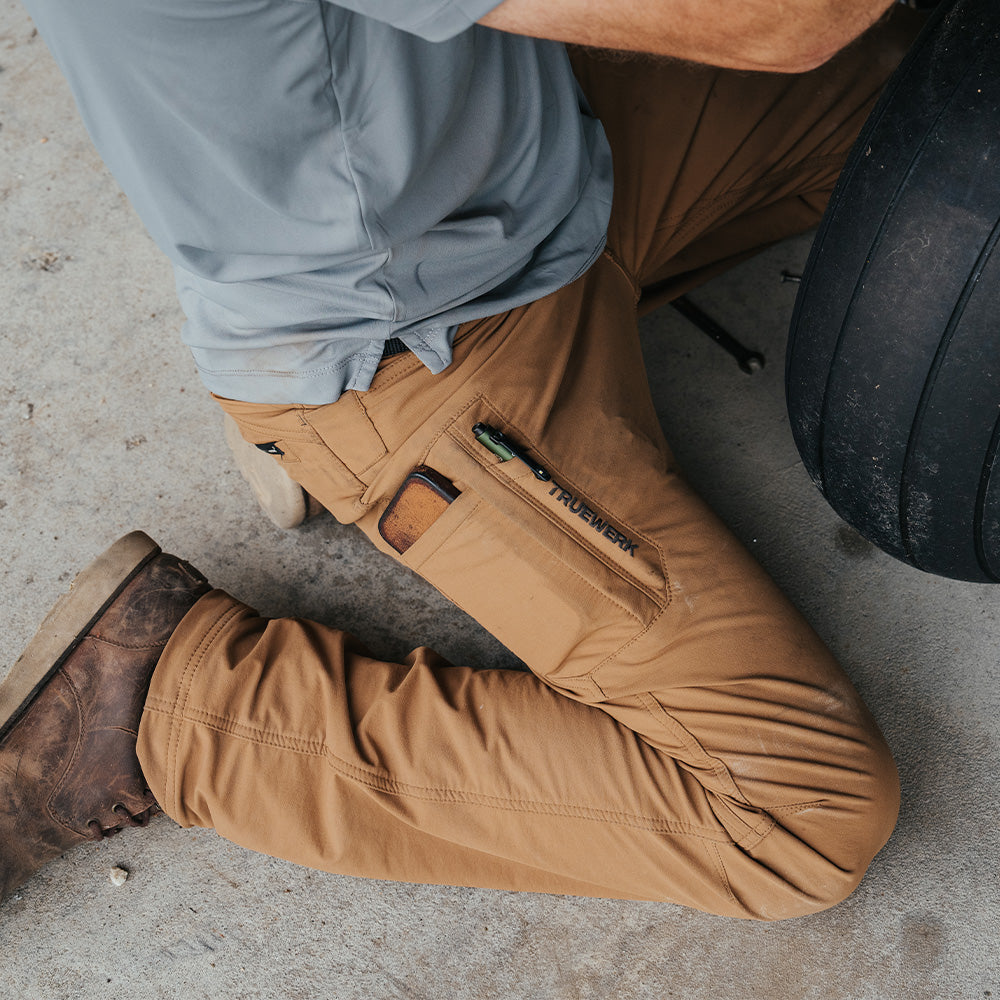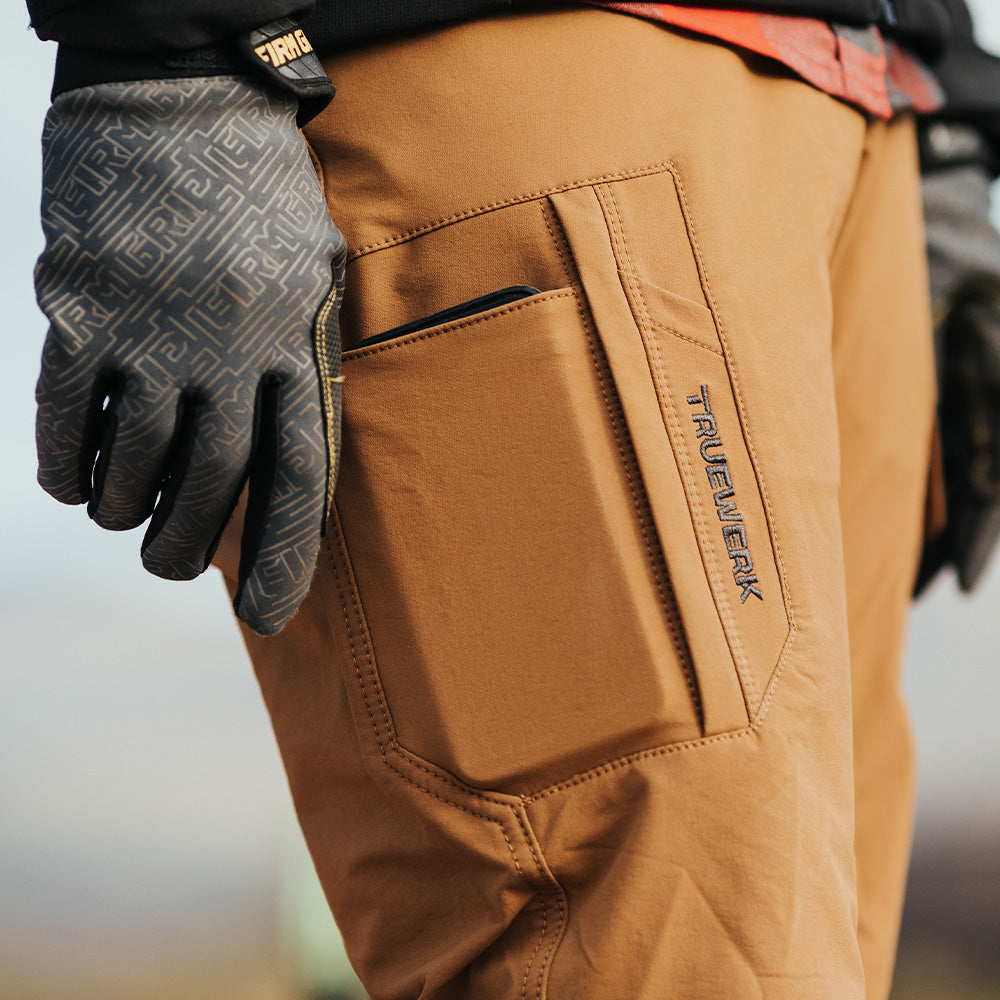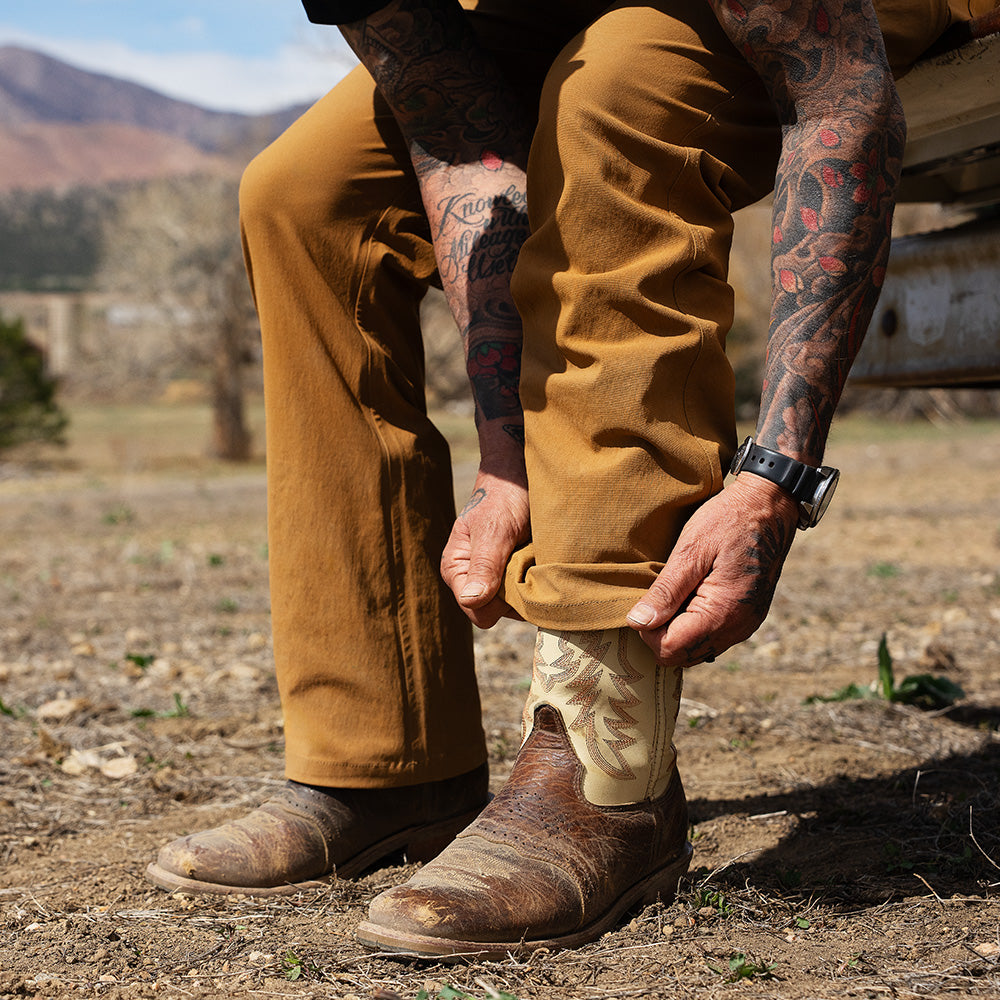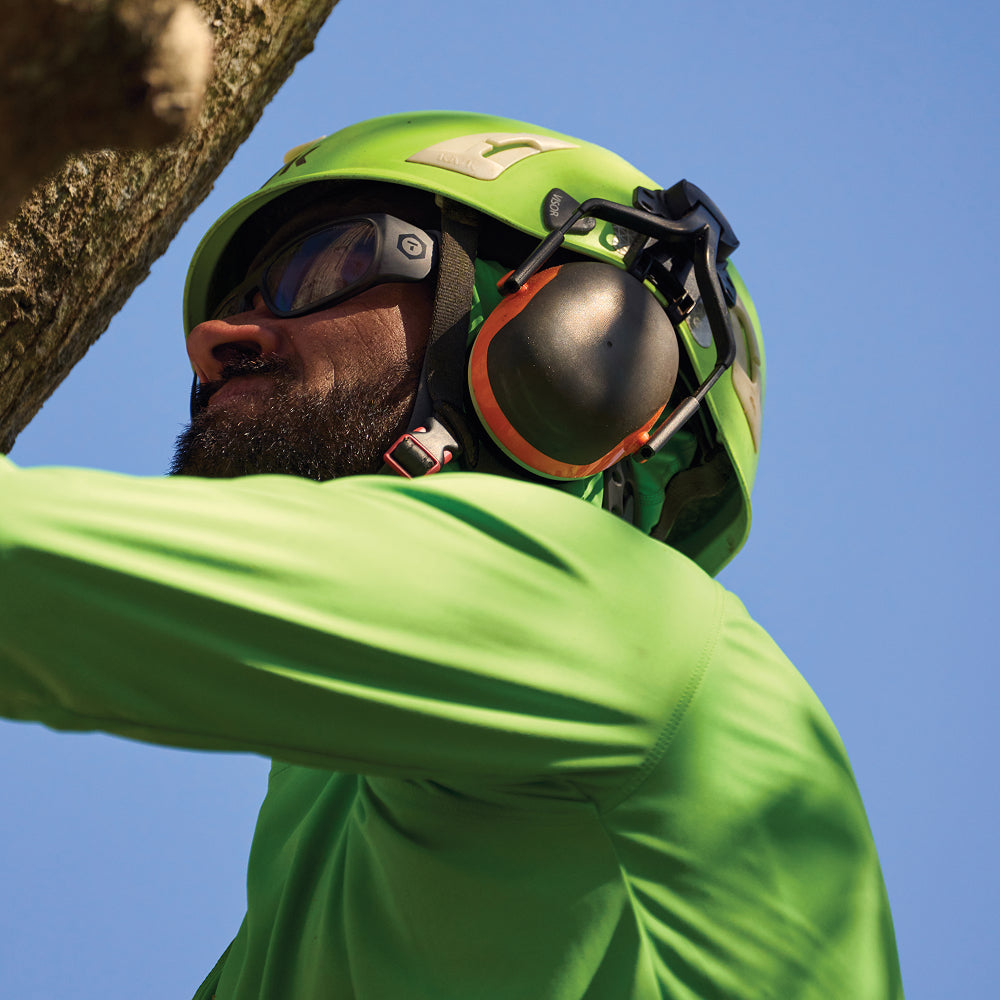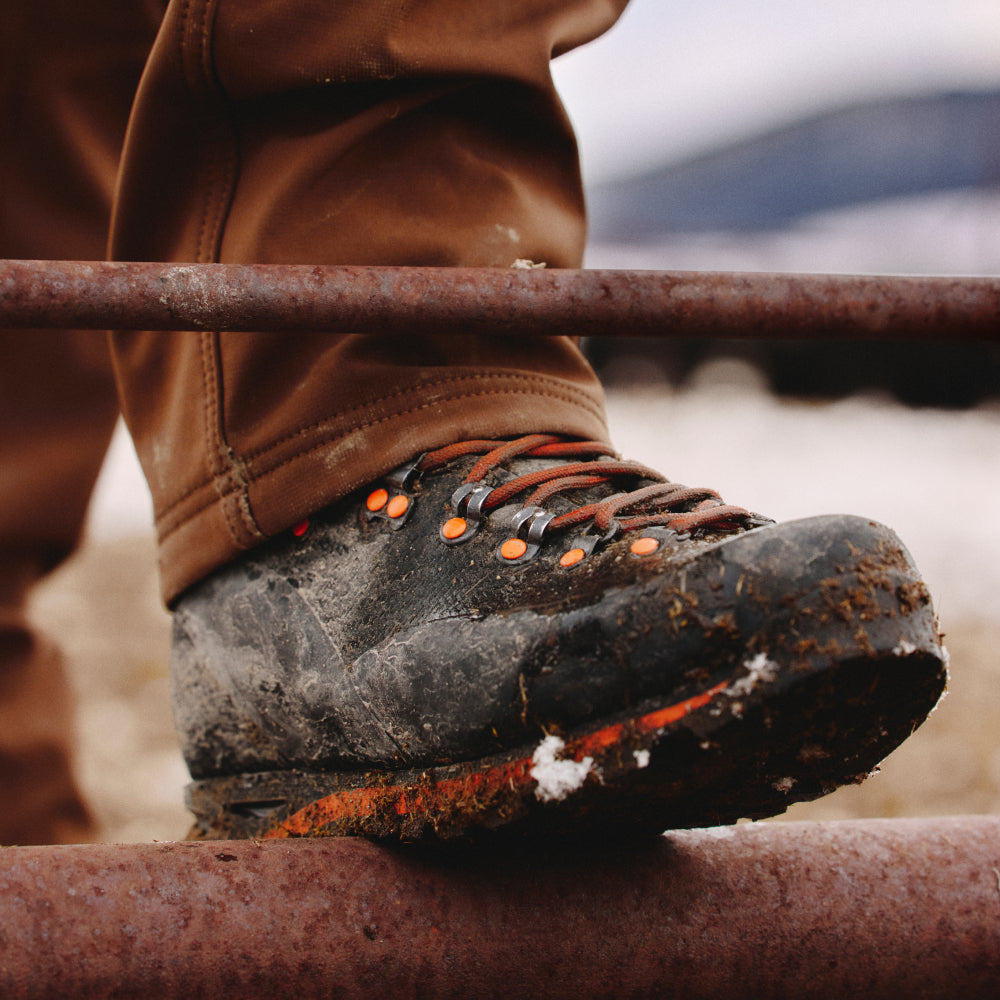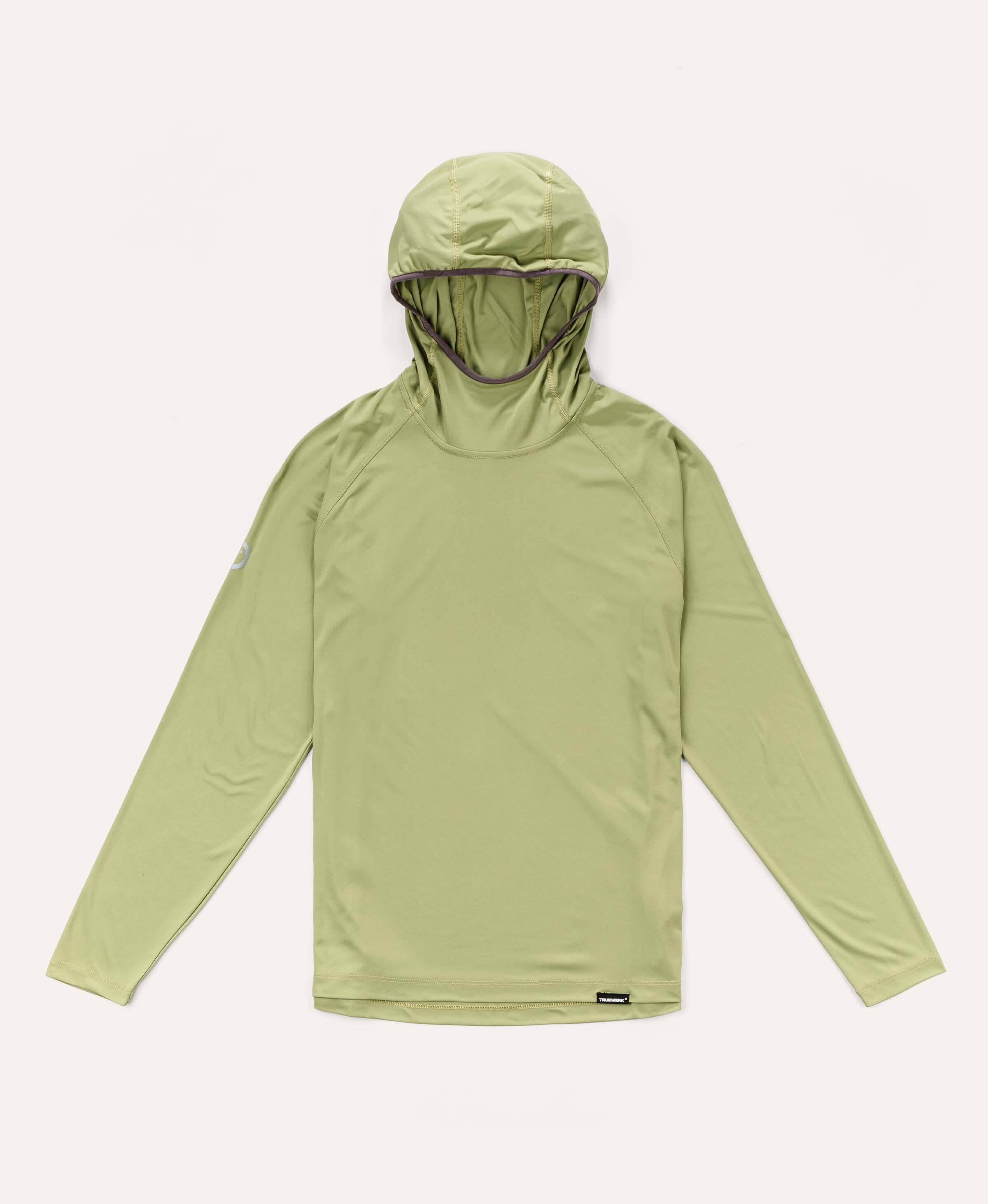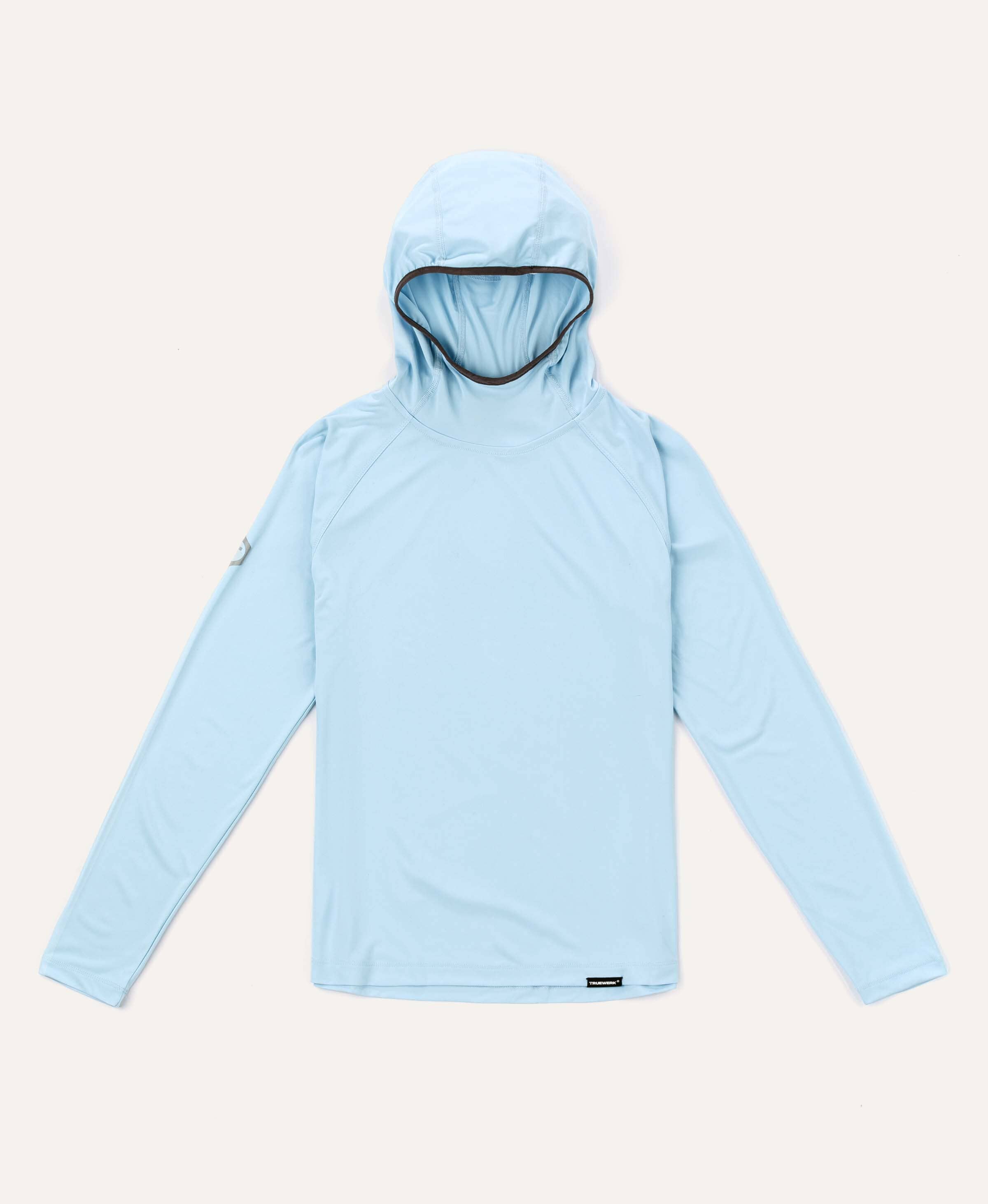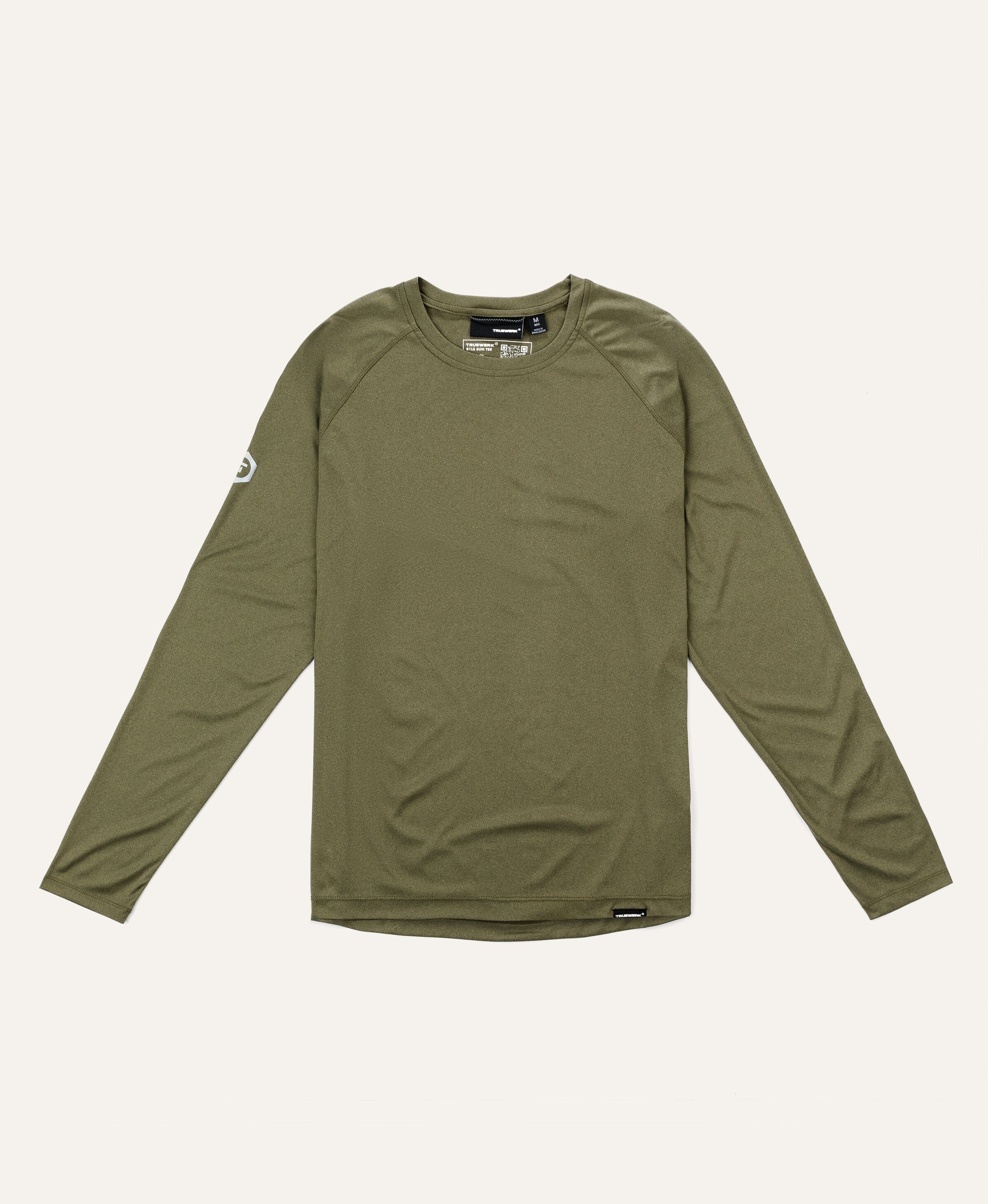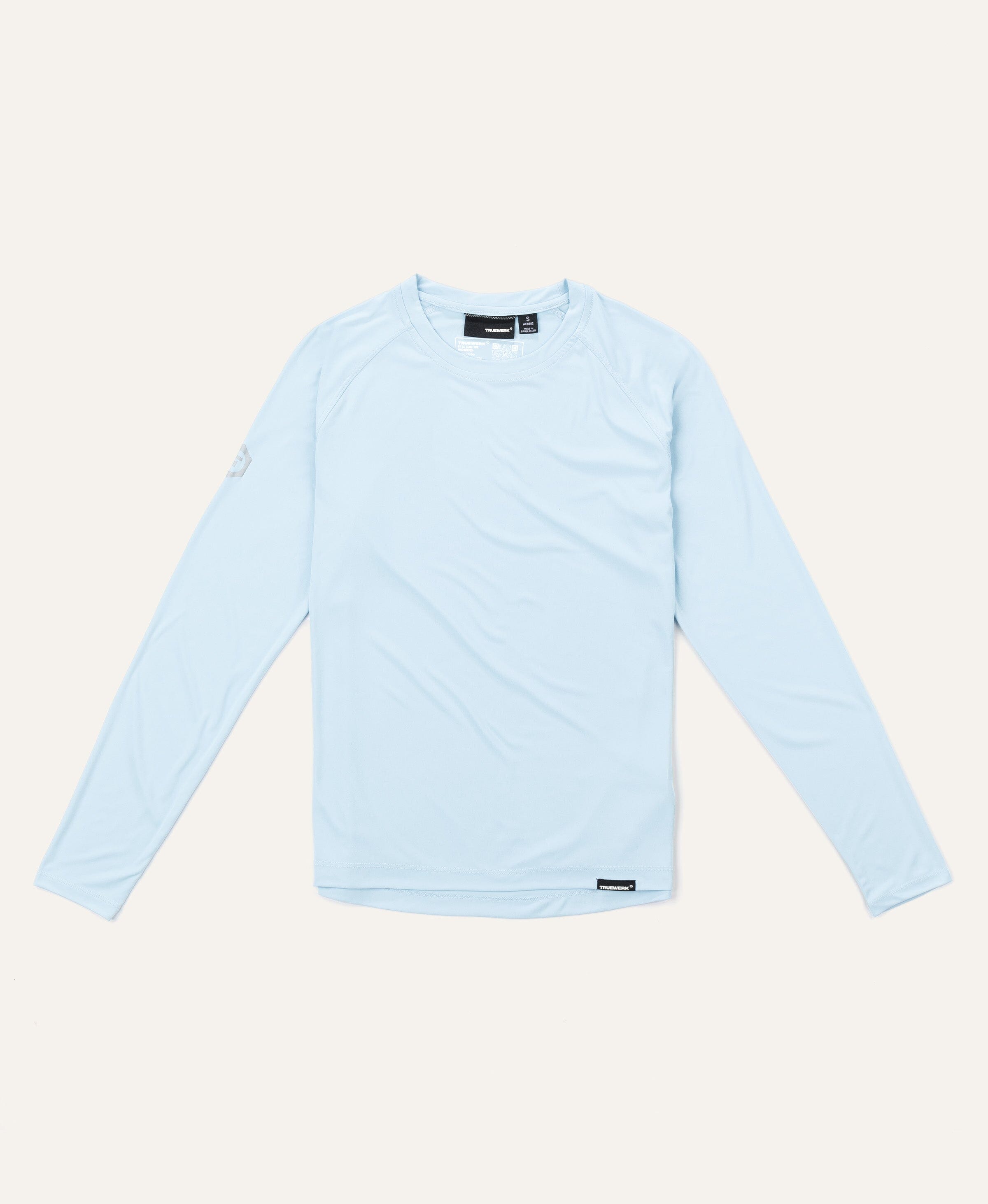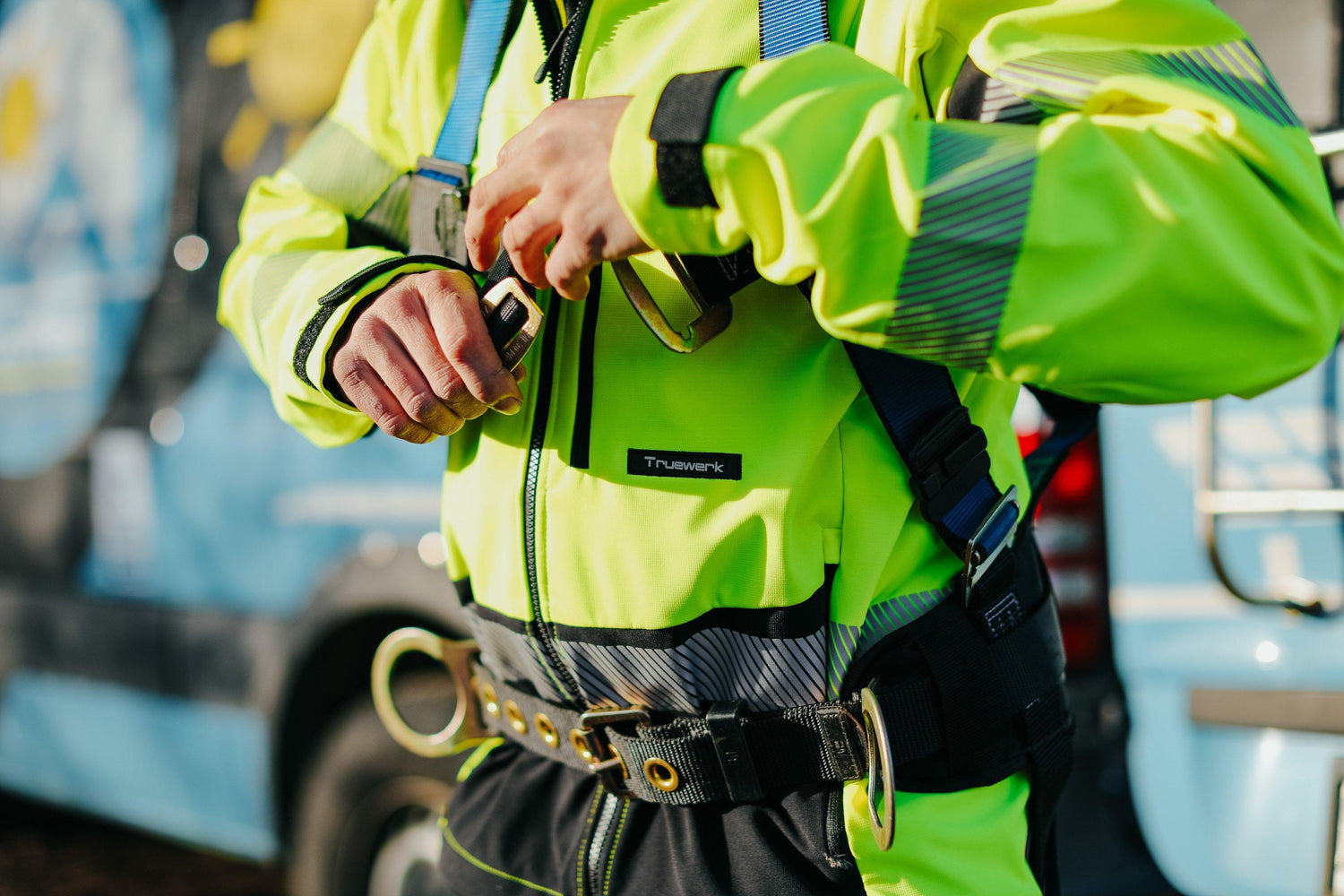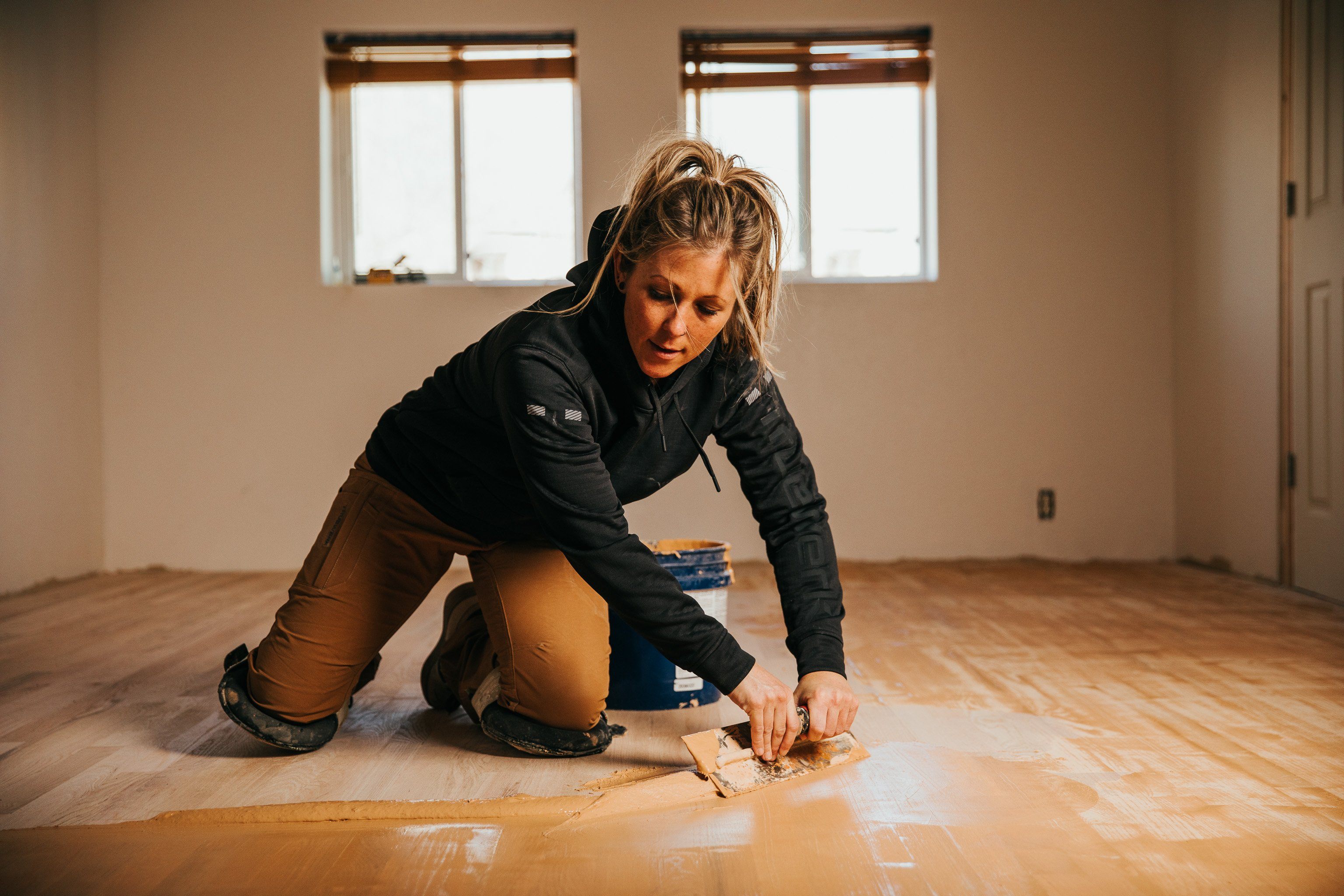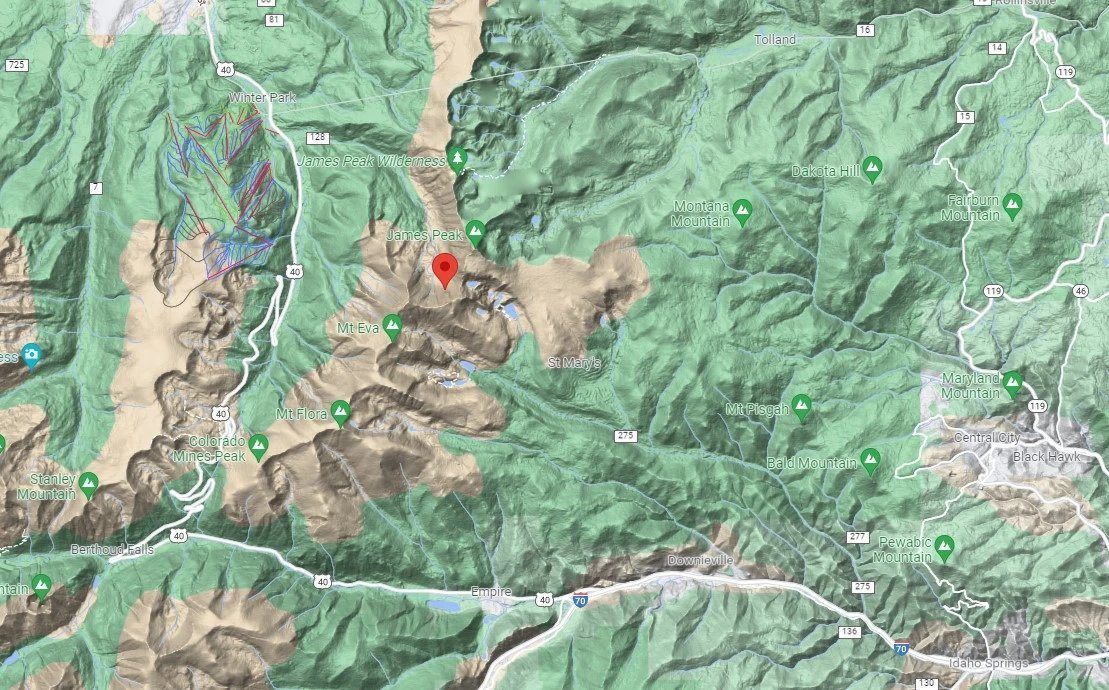Brian Ciciora, Truewerk Founder and CEO, takes a few minutes to talk about where the drive to develop a workwear system came from and the benefits of it outside just comfort and function.
TRUEWERK Talks Workwear Systems from TRUEWERK on Vimeo.
The idea of workwear as a system originally came from work in Colorado. It’s where we’re based, I was working at the time. It’s really typical for us to have super cold temperatures in the fall and in the winter, followed by warm, sunny days.
The clothing you wore in the morning needed to change, you needed to be able to shed layers as you worked and started to build up as a sweat, not only from exertion but from the sun coming out.
The solar gain would make you hot, you needed to be able to take off layers. The sun in the winter here sets at 4:30 pm and by 5 o’clock you’re in the shade -- it’s cold again, so you need to be able to put layers back on to maintain comfort throughout the day.
Again from early morning cold temperatures to midday working as hard as you can stripping back down and then putting those layers back on as it cools off. It’s all about comfort over a wide range of environmental and temperature changes.
Simplify the Day
You find out when you talk to people in the trades that a day encompasses a ton of decision making. There’s a lot of choices that have to be made -- working with homeowners, figuring out what tools need to be on the job, who showed up, what crew’s available -- there’s constantly choices that have to be made.
One of the things that was really important for me was being able to wake up in the morning and not having to think too hard about what I was going to wear for the day. So, having a small set of particularly base, mid and outer layers that I always had in my truck made it so I knew I didn’t have to think about that part if the sun set early, temperature changed or the wind picked up… I had what I needed in my bag, ready to go.
It simplified the decision making for me during the day. I think it’s a really important part of any system, but particularly that serves folks on the job site.
Outfitting Crews
When it came to outfitting crews of people, one of the things that became apparent was that we’re pretty good at knowing what we want as individuals, business owners, crew lead -- but, it’s hard to know every person’s body because some people run hot, some run cold and it became really difficult to get that right for everyone. So, having a system that I could send to crews of people where everybody gets the same garments, but based on how they wore that garment -- when they put it on, what layering combinations, etc. -- everyone could fine tune based on their own personal preferences what they needed.
So, as a business owner or crew lead, it simplifies the process and decision making, I didn’t have to figure out what jacket everybody needed and overthink it.
On the Road
There’s a lot of our customer base that works on the road and they may have to pack up a duffle on Feb. 13 and jump in their truck and they’re not gonna be back home until mid-March or April. So, that means in one duffle, you've got to be able to fit the climate that you’re in when you leave home, but a change of seasons across the months too, or even going from a job site in Arizona to North Dakota.
So, having a small number of pieces that can give you comfort in environmental conditions that range from literally mid-90s in Arizona to sub-freezing temperatures and snow fall in North Dakota or Minnesota.
That is a common thing for our folks that are in the tower industry, oil and gas -- they travel, they’re on job sites and they don’t always know what’s coming.
The flexibility that comes from workwear systems lets you have a small number of pieces that you can use across a wide range of conditions and work output.
